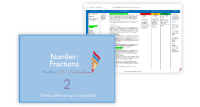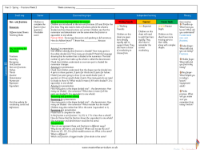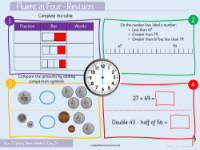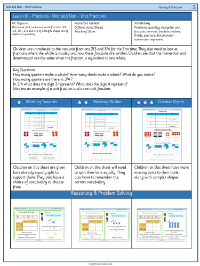Fractions - Non-unit fractions - Presentation
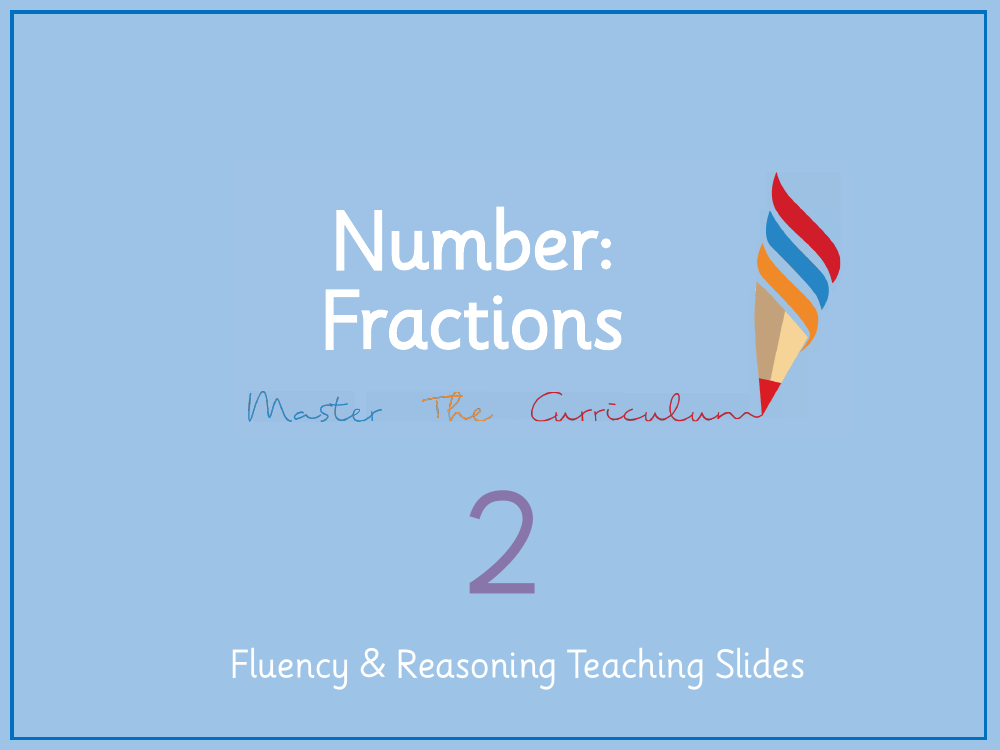
Maths Resource Description
Today's lesson is dedicated to understanding non-unit fractions, which are a type of fraction where the numerator is greater than 1, unlike unit fractions where the numerator is always 1. The class begins with a discussion prompting students to identify what makes a fraction non-unit and to provide three examples. Following this, the students engage in a series of activities designed to deepen their comprehension of non-unit fractions. The first activity involves identifying the fraction represented by shaded portions in various diagrams. Students are presented with a range of fractions, such as two-thirds or three-quarters, and are required to discern the shaded fraction of each given shape.
The subsequent activities involve practical application, where students are instructed to shade specific portions of shapes to represent non-unit fractions, such as shading two out of three parts. This hands-on approach helps to visually reinforce the concept of non-unit fractions. Additionally, students are tasked with reasoning exercises, such as identifying mistakes in fraction representation and sorting fractions into categories based on their value and whether they are unit or non-unit fractions. The lesson concludes with independent work, where students write fractions in words, use bar models to represent them, and explore the relationship between parts of a whole in various contexts. This comprehensive approach ensures students not only recognise non-unit fractions but also understand their practical implications in different scenarios.

